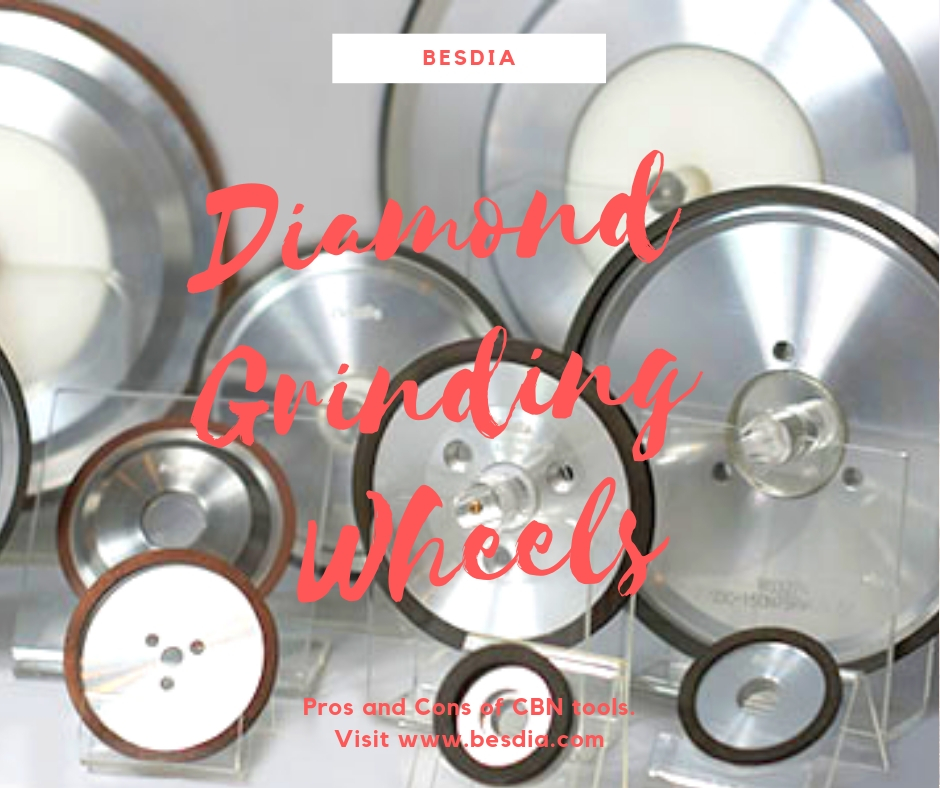Nail polish is a type of lacquer used to decorate fingernails and toenails. Because it has to be strong, flexible, and resist chipping and peeling, it contains a number of chemicals. Here is a look at the chemical composition of nail polish and the function of each of the ingredients.
Chemical Composition of Nail Polish
A basic clear nail polish could be made from nitrocellulose dissolved in butyl acetate or ethyl acetate. The nitrocellulose forms a shiny film as the acetate solvent evaporates. However, most polishes contain an extensive list of ingredients.
- Solvents
Solvents are liquids used to mix the other ingredients in a nail polish to yield a uniform product. Once you apply the polish, solvents evaporate away. The amount and type of solvent determines how thick a polish is and how long it takes to dry. Examples of solvents include ethyl acetate, butyl acetate, and alcohol. Toluene, xylene, and formalin or formaldehyde are toxic chemicals that used to be common in nail polish but are found rarely now or in low concentrations. Usually, the first ingredient(s) in a nail polish are solvents.
- Film Formers
Film formers are chemicals that form the smooth surface on a coat of nail polish. The most common film former is nitrocellulose.
- Resins
Resins make the film adhere to the nail bed. Resins are ingredients that add depth, gloss, and hardness to the film of a nail polish. An example of a polymer used as a resin in nail polish is tosylamide-formaldehyde resin.
- Plasticizers
While resins and film formers give polish strength and gloss, they produce a brittle lacquer. Plasticizers are chemicals that help keep polish flexible and reduce the chance that it will crack or chip. They do this by linking to polymer chains and increasing the distance between them. Camphor is a common plasticizer.
- Pigments
Pigments are chemicals that add color to nail polish. An astonishing variety of chemicals may be used as pigments in nail polish. Common pigments include iron oxides and other colorants, such as you would find in paint or varnish.
- Pearls
Nail polish that has a shimmery or glittery effect may contain pearlescent minerals, such as titanium dioxide or ground mica. Some polishes may contain bits of plastic glitter or other additives that produce a special effect.
- Additional Ingredients
Nail polishes may contain thickening agents, such as stearalkonium hectorite, to keep the other ingredients from separating and to make the polish easier to apply. Some polishes contain ultraviolet filters, such as benozophenone-1, which help prevent discoloration when the polish is exposed to sunlight or other forms of ultraviolet light.
As the professional epoxy resin manufacturer, Epolab Chemical Industries Inc. also provides nail polish for customers. Their epoxy nail polishes are colorful, high color saturation and excellent durability which quickly solidified in most of the LED lamps, and qualified full inspection by SGS. If you have interest or requirement of epoxy nail polish, no hesitation, contact with Epolab right away!
Article Source: ThoughtCo.

